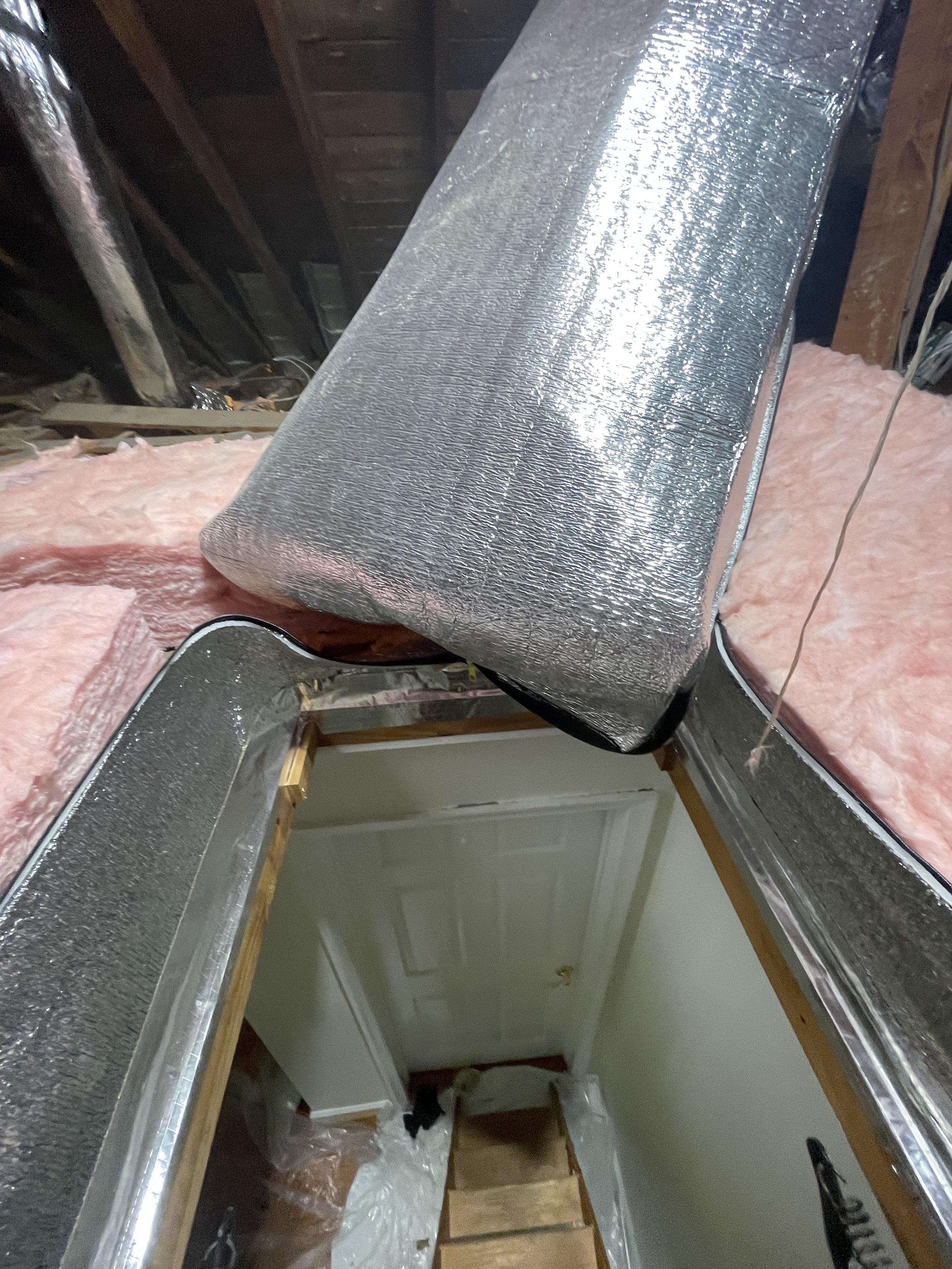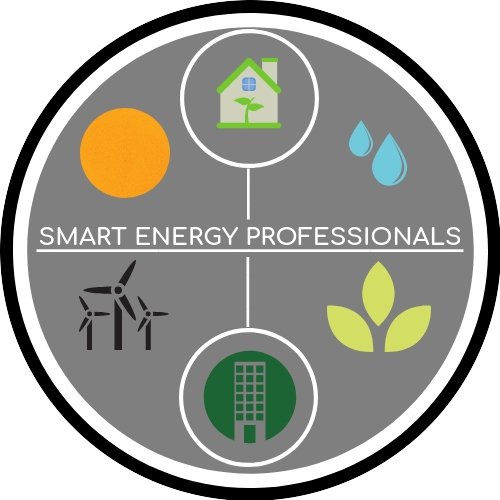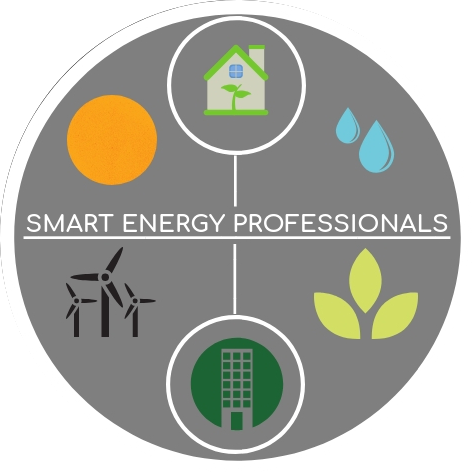Attics
This is a photo of an attic!
What’s an Attic?
Attics are typically found in houses and serve as the space between the roof and the top floor. They are often used for storage, housing mechanical systems, or as an additional living area. Attics can vary in size and design, but they generally share some common characteristics.
What are the different types of attics?
There are several different types of attics commonly found in houses. These include:
Traditional Attic: This is the most common type of attic, located between the roof and the top floor of a house. It usually has a sloped or pitched roof and is used for storage, housing mechanical systems, or as additional living space.
Finished Attic: Also known as a "bonus room," a finished attic is one that has been converted into usable living space. It may have insulation, flooring, walls, windows, and other amenities, making it suitable for bedrooms, home offices, or recreational areas.
Crawl Space Attic: Some attics may have limited headroom and are designed as crawl spaces. These attics are typically accessed through small hatches or doors and are used mainly for storage or accessing utility systems, such as HVAC units or plumbing.
Knee Wall Attic: This type of attic is characterized by short walls along the sides due to the slope of the roof. Knee wall attics often have reduced headroom but can still be utilized for storage or as small living spaces.
Truss Attic: In houses with roof trusses, the attic space may be limited by the construction design. Truss attics often have more limited storage space and may require additional modifications if converting to livable space.
Walk-Up Attic: A walk-up attic is accessible via a staircase or permanent stairs. It provides easier access compared to other types of attics and is commonly used for storage or conversion into living areas.






The specific type of attic in a house depends on factors such as the architectural design, roof structure, and intended use. Each type of attic offers unique advantages and considerations for storage, functionality, and potential conversion into usable space.
What are some common attic issues or problems?
Common problems that can occur in attics include:
Inadequate Insulation: Insufficient insulation in the attic can result in poor energy efficiency and difficulty maintaining comfortable temperatures in the living space below.
Poor Ventilation: Inadequate ventilation in the attic can lead to moisture buildup, which can cause mold growth, damage to the roof structure, and potential health issues.
Roof Leaks: Attics are susceptible to roof leaks, which can result from damaged or aging roofing materials, improper flashing, or poor installation. Roof leaks can lead to water damage, mold growth, and compromised structural integrity.
Pest Infestations: Attics provide a secluded and sheltered environment, making them attractive to pests such as rodents, squirrels, bats, or insects. Pest infestations can cause damage to insulation, wiring, stored items, and pose health risks.
Electrical Issues: Attics may house electrical components like wiring, junction boxes, or circuit breaker panels. Problems such as faulty wiring, inadequate electrical capacity, or outdated systems can pose safety hazards and increase the risk of electrical fires.
Structural Damage: Over time, attics can develop structural issues like sagging beams, damaged rafters, or weakened floor joists. These problems can arise due to excessive weight, moisture damage, pest activity, or the natural aging of the building.
Mold and Mildew: Insufficient ventilation and moisture intrusion can lead to the growth of mold and mildew in attics. Mold can cause health issues and damage to building materials, necessitating proper remediation and prevention measures.
It's important to regularly inspect and maintain the attic to identify and address any potential problems promptly. Consulting with professionals such as contractors, electricians, or pest control experts can help resolve attic issues effectively.
What Should you do to fix these things??
Take action to ensure a healthy and problem-free attic today. Improve your insulation to enhance energy efficiency and maintain comfortable temperatures. Install proper ventilation to prevent moisture buildup, mold growth, and roof damage. Address roof leaks promptly to prevent water damage and structural issues. Safeguard your attic against pest infestations by sealing entry points and implementing effective pest control measures. Regularly inspect and maintain electrical components for safety. Prevent structural damage by addressing issues like sagging beams or weakened floor joists. Finally, prioritize adequate ventilation and moisture control to prevent mold and mildew growth. By taking these proactive steps, you'll create a safer, more efficient, and healthier attic space for your home.
Before choosing any insulation, it is recommended to consult with Smart Energy Professionals first so we can assess your specific needs and provide guidance on the most suitable insulation solution for your project. Schedule an energy audit today or give us a call if you have any questions!


